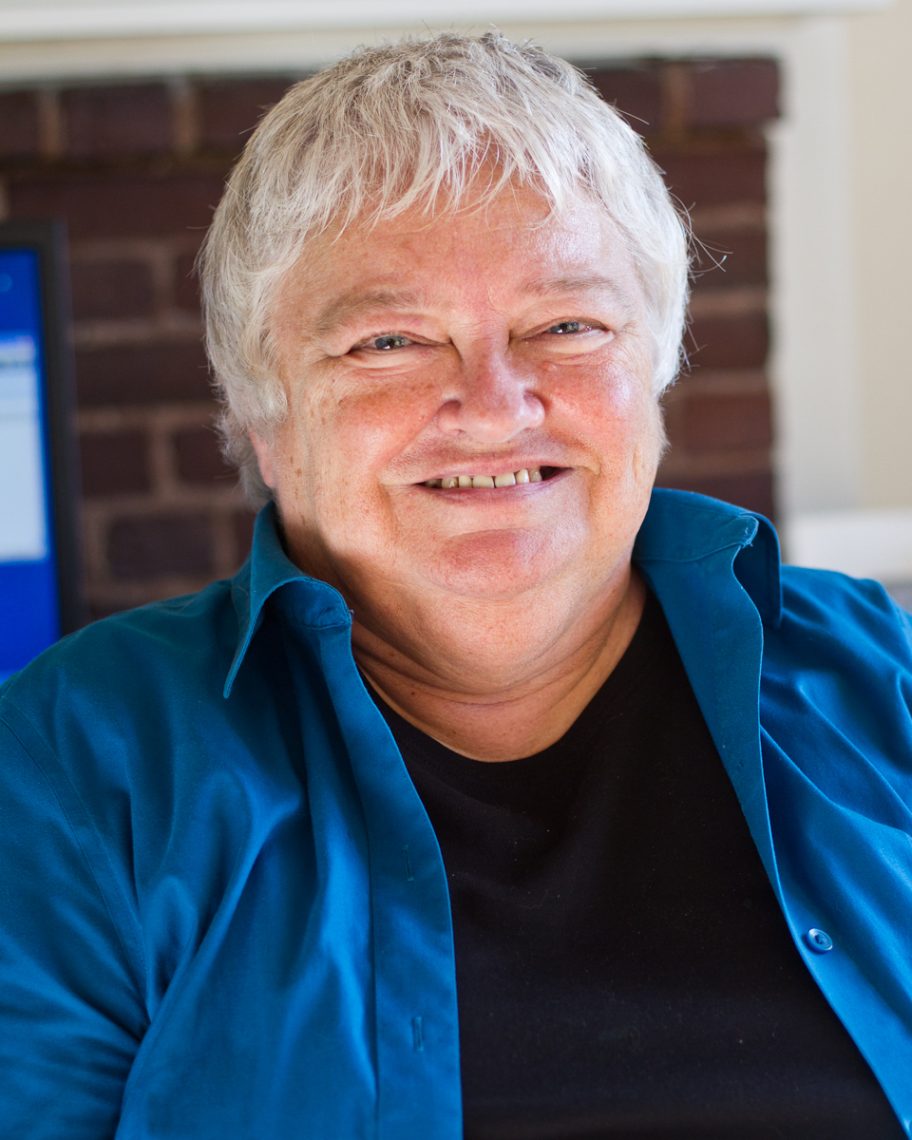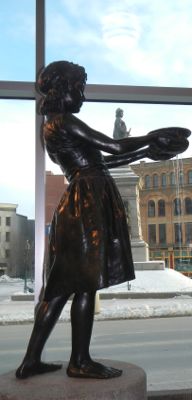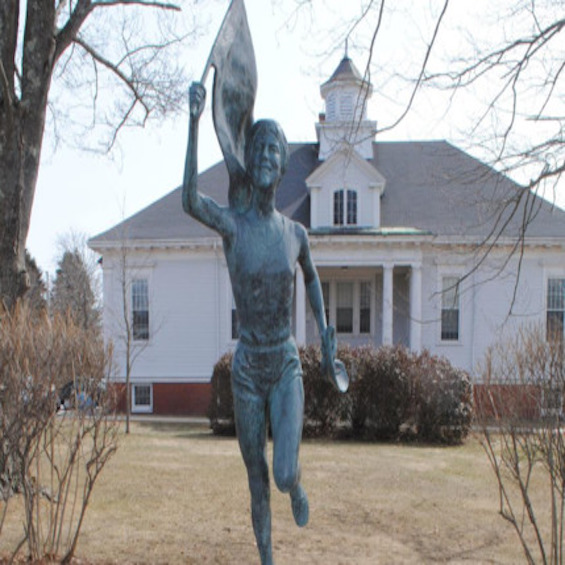Project leader: Eileen Eagan, Associate Professor, Department of History and Political Science

Why a history trail and why a women’s history trail?
Maine author Sarah Orne Jewett answered the first question after she visited the home of Charlotte and Emily Brontë on the edge of the Yorkshire moors: “Nothing you ever read about them can make you know them until you go there,” she said. “Never mind people who tell you there is nothing to see in the place where people lived who interest you. You always find something of what made them the souls they were, and, at any rate, you see their sky and their earth.” The second question is easily answered as well.
Without the work, ideas and individual and collective action of women, Portland—and the world—would be a very different place. Because their lives, in many ways, have been different from men’s lives, women’s history been distinct. By walking this trail, you can begin to connect with the lives of our sisters, mothers, aunts, and great grandmothers in all the diversity of backgrounds that these women represent. You will never see Portland, or history, in the same way again.
The Portland Women’s History Walking Trail has always been a collaborative effort, involving a variety of individuals and institutions, including the University of Southern Maine (USM), Maine College of Art (MECA), Maine Humanities Council, and Maine Historical Society. Polly Welts Kaufman, former Project Director at the Maine Humanities Council, brought her experience with the Boston Women’s Heritage Trail to Portland and to USM’s History Department, where she joined with Eileen Eagan, Patricia Finn, and others to further develop the trail project.
This project’s aim is to create an online and revised version of the Portland Women’s History trail, which currently exists as two booklets and an actual walking trail through part of Portland. This project will make the trail, and the history it represents, more accessible and more complex, adding images, new narrative, documents, maps and eventually audio and video. The research and data produced and archived and the prototype developed will allow further research and the creation of other kinds of trails, in Portland and across the state. The aim is also to create applications for mobile devises that can use various types of digital data about specific sites on the trail. This information will relate the Portland experience to regional, national and international history.

The picture on the left is of the “Little Water Girl,” a statue in honor of Portlander Lillian Stevens, president of the Women’s Christian Temperance Union in the early twentieth century. The statue is located in the lobby of Portland Public Library. Behind the Water Girl, one can see through the window Monument Square and the “Our Lady of Victories” Civil War monument, whose female figure represents Minerva, the Roman goddess of wisdom and war.

On the right is a photo of a statue of Joan Benoit -now Joan Benoit Samuelson- the winner in 1984 of the gold medal in the first women’s marathon in the Olympics. Her place on the trail represents the increasing role, and recognition, of women in sports in Maine and in national and international competition. Sculptor Edward Materson’s statue of her stands outside the Thomas Memorial Public Library on Scott Dyer Road in Cape Elizabeth. Samuelson also is the founder and chair of the “Beach to Beacon” 10K run each summer that begins near Crescent Beach ends at Portland Head Light. In April 2013 Samuelson spoke at USM on “Storied Miles”– on women, sports, and her own experience as a path-breaking athlete.
For the last six months, I have been developing a web-based trail that digitally documents such sites. I collaborated extensively with other members of the Digital Humanities Research Cluster– Stephen Houser from Computer Science, Jan Piribeck, from Art, and John Muthyala, from English–to take pictures of sites and waypoints, and generate geographical metadata for each picture that I plan to include in the trail. In addition, students from my History course History 364 (Women in U.S. History) worked collectively on new sites, did research, and took photographs. In particular, Lucie Tardiff (Communications and Media Studies) and Tracey Berube (History) assisted me in editing text descriptions of the trails, and researched and photographed many sites. Lucie was especially involved in this project, as she helped develop two new off the peninsula trails. My colleagues and I walked all seven trails over last summer and fall, which often meant revisiting sites to get more accurate information about past and existing structures and buildings, and re-routing the trail to create a focussed trail.
In keeping with the central mission of Digital Maine to use digital technologies creatively, I partnered with Bigroomstudio, a Portland-based media and design company, to draw on the web-based platform for the trail developed by Stephen Houser, and design an attractive, user-friendly mobile application for iOS and Android operating systems.
* The Ascent, whose photo is used as a slide on this site, was created by sculptor Thomas K. Kennedy. The sculpture is located at Portland High School, Portland, Maine, 04101.

